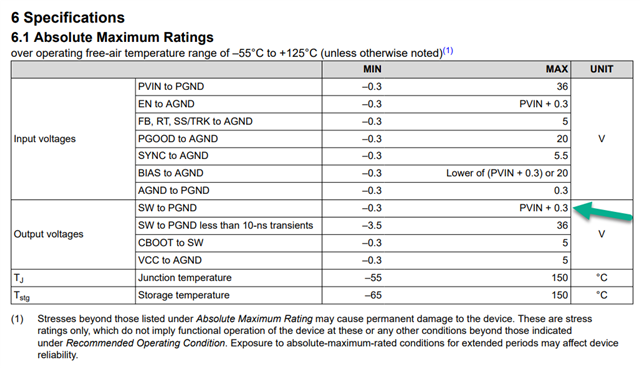Other Parts Discussed in Thread: TPS7H2201-SP
Hi
I have a space application where the TPS7H4010-SEP looks like a good fit as a bucking regulator to convert +5VDC to +3.3VDC at 1.5A.
However, this input to this supply is sometimes unpowered while a second supply powers the +3.3V bus (Vin = 0V, Vout = +3.3V). There is a design requirement that under those conditions, the supply blocks current flow from Vout to Vin.
Will the TPS7H4010-SEP block current flow from Vout to Vin when Vout = +3.3V and Vin = 0V?
If it does not block current flow, does TI have any low power dissipative recommended methods to add this feature to the supply?
Sincerely,
Doug Young


